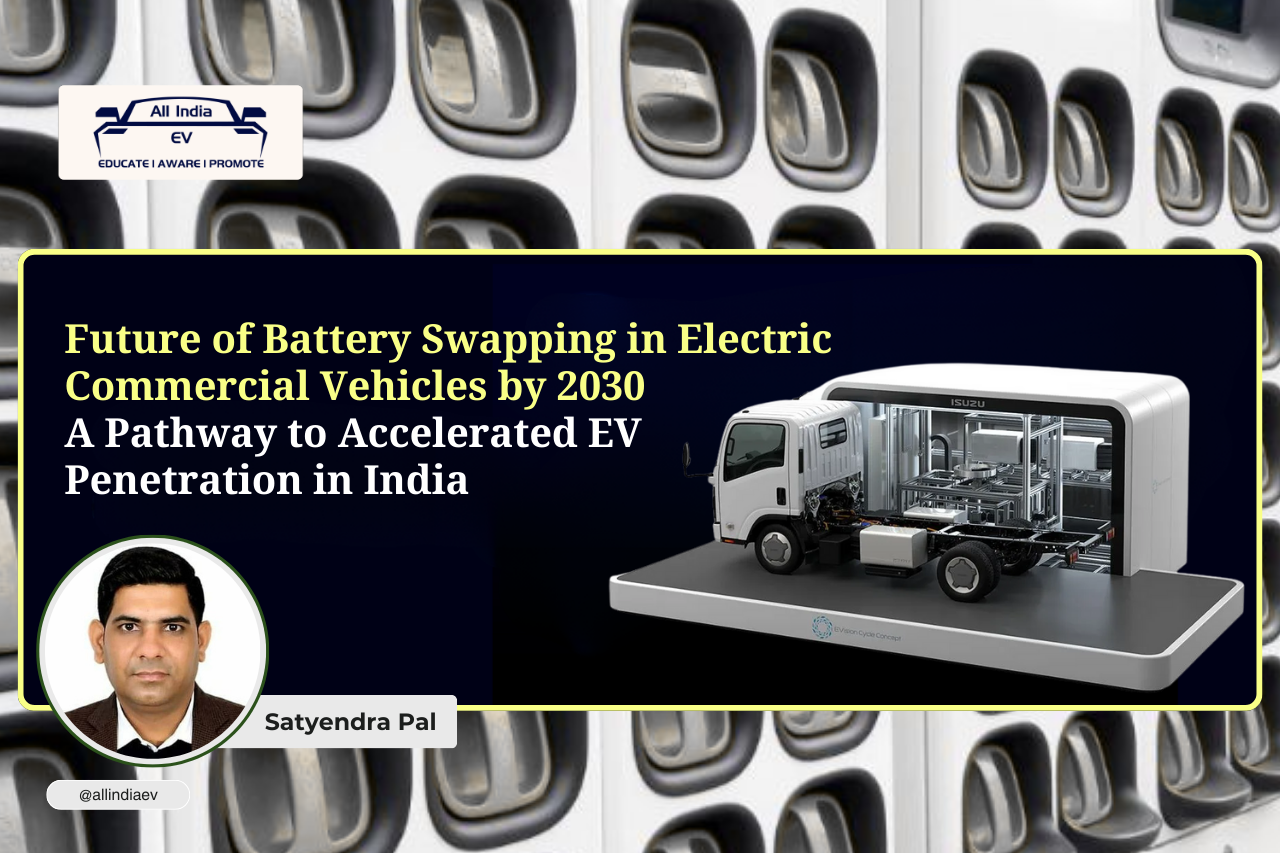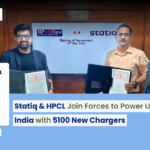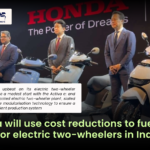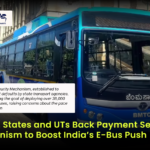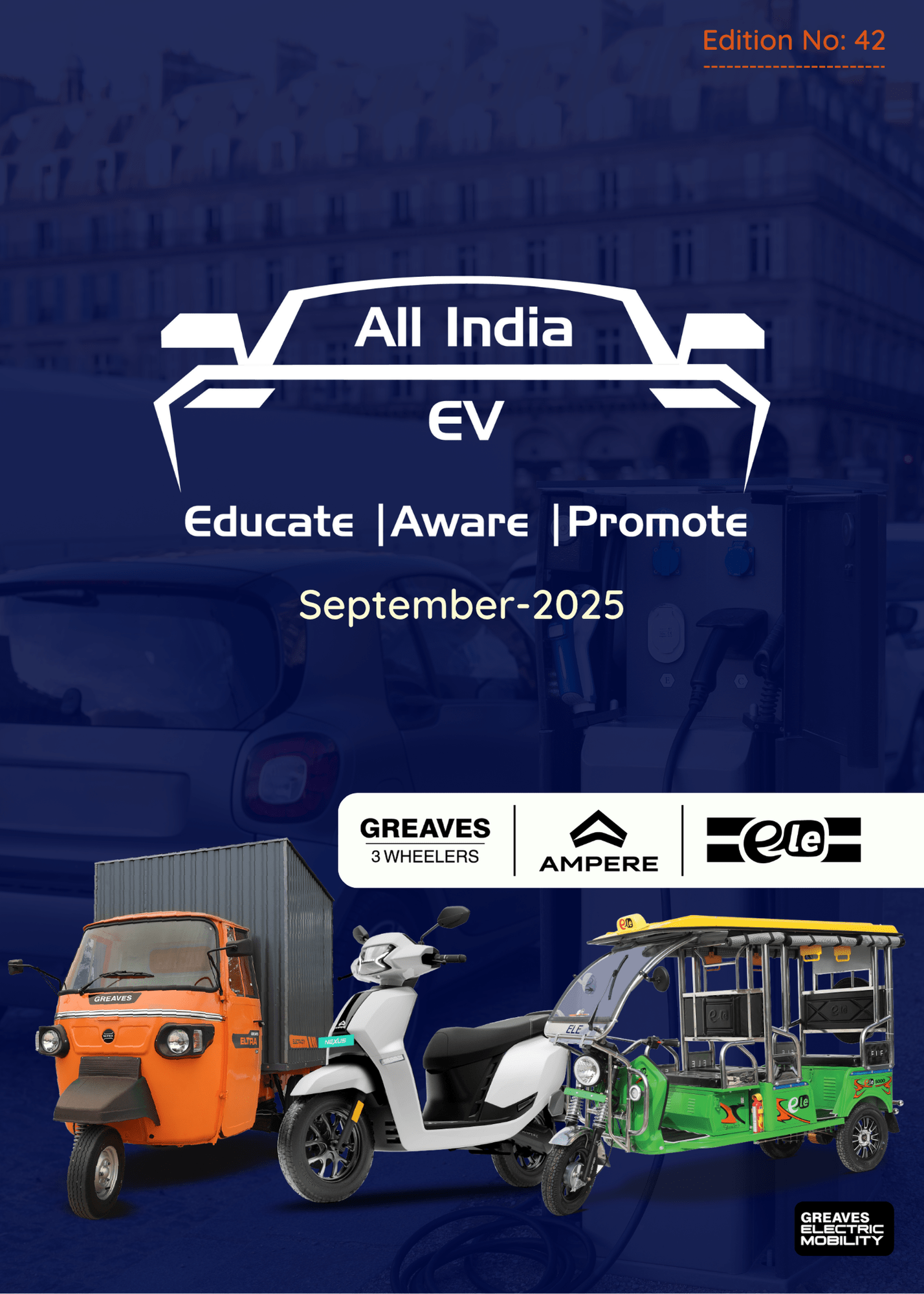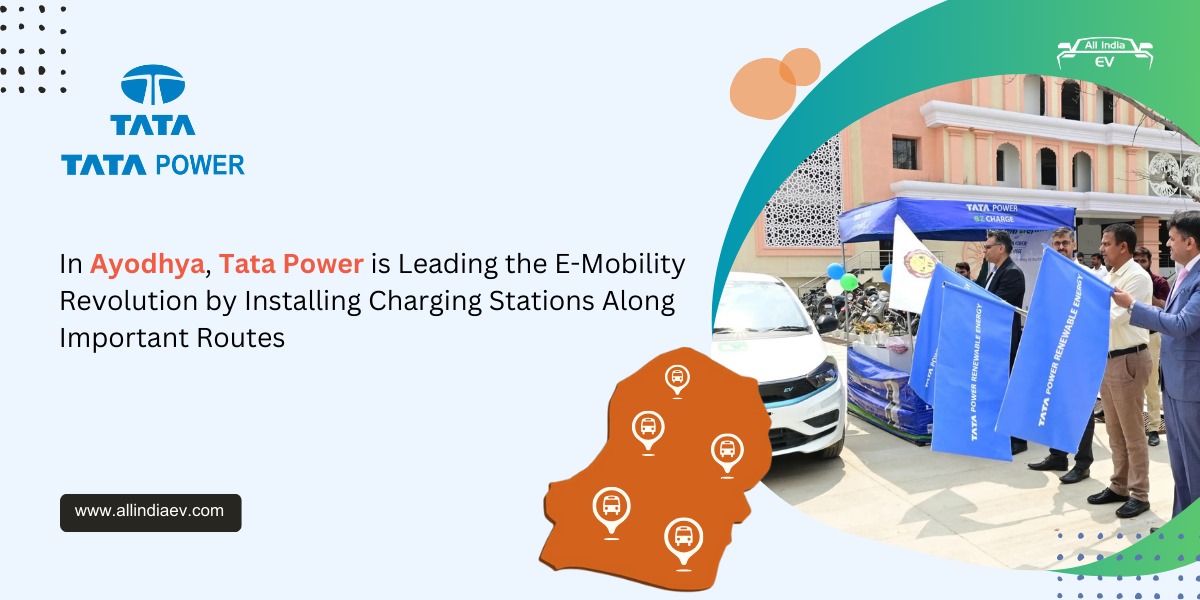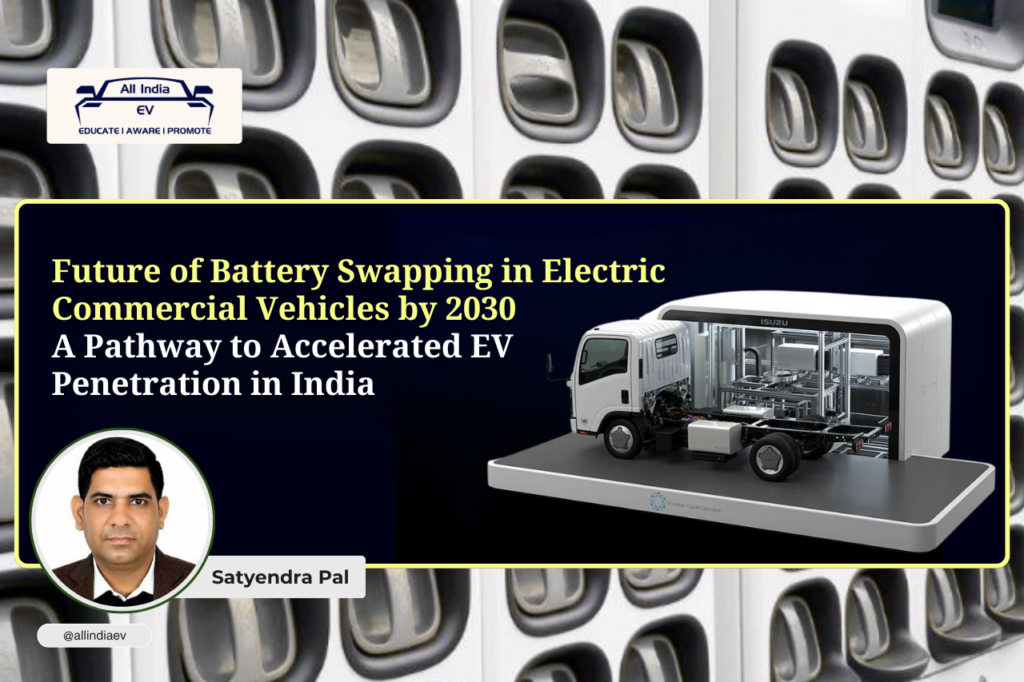
India’s electric mobility transition is at an inflection point. While the passenger EV segment has seen rapid adoption, the commercial vehicle segment (eCVs)—comprising small trucks, light commercial vehicles, and 3Ws for last-mile delivery-remains both a challenge and an opportunity. With the government targeting 30% EV penetration by 2030, one solution gaining traction for commercial fleets is Battery Swapping Technology (BST).
Why Battery Swapping for eCVs?
Electric Commercial Vehicles demand high uptime, predictable operating costs, and quick turnaround. Unlike passenger cars, downtime directly impacts business productivity for fleet operators. Battery swapping addresses these challenges through:
- Reduced Downtime: Vehicles can exchange depleted batteries for fully charged ones within minutes, comparable to refuelling ICE vehicles.
- Lower Upfront Cost: Separating the vehicle and battery cost allows adoption of the Battery-as-a-Service (BaaS) model, significantly reducing the initial capital burden.
- Extended Fleet Utilization: Continuous operation without waiting for long charging hours enhances fleet efficiency, especially for logistics, e-commerce, and intra-city freight.
- Battery Lifecycle Optimization: Centralized charging ensures optimal charging cycles, reducing degradation and extending overall battery life.
Current Scenario in India
- Several players like SUN Mobility, Lithion, Battery Smart, and OEM–energy partnerships are piloting swapping stations across key cities.
- Adoption is higher in e-3Ws and e-2Ws, while penetration in eLCVs and eSCVs is still in the nascent stage due to larger battery packs, standardization challenges, and higher infrastructure costs.
- Government’s FAME-II and upcoming FAME-III policy framework recognizes battery swapping as a scalable solution for commercial applications, particularly urban freight.
The Road Ahead: Battery Swapping by 2030
To make battery swapping a mainstream enabler for eCV adoption, certain milestones need to be achieved:
Standardization of Batteries & Interfaces- By 2030, India must develop uniform battery specifications (size, voltage, connectors) to enable interoperability across OEMs and swap operators. Industry-led consortia with government backing will be critical.
Robust Swapping Infrastructure- Targeted rollout in logistics hubs, highways, warehouses, and urban freight corridors. Integration with renewable energy and grid balancing solutions to reduce carbon footprint.
Financial Models & Policy Support- BaaS and Subscription Models to make eCVs cost-competitive with ICE vehicles. Incentivizing battery-swapping operators under state EV policies, with GST rationalization on batteries.
Technology Evolution– By 2030, advancements in LFP, NMC, and solid-state batteries will enable lighter, safer, and longer-range swappable packs. AI-driven predictive analytics for battery health monitoring will improve reliability.
Fleet Electrification Push- E-commerce giants, FMCG companies, and logistics providers will drive large-scale demand for swappable eCV fleets. Partnerships between OEMs, battery-swapping providers, and fleet operators will determine adoption speed.
Challenges That Must Be Overcome
- High Initial Infra Cost: Setting up swapping stations requires significant capex.
- Battery Ownership & Liability: Clear frameworks needed on warranty, insurance, and responsibility in case of battery failure.
- Energy Pricing: Affordable electricity tariffs for swapping stations must be ensured.
- Consumer Trust: Reliability, safety, and availability of charged batteries will dictate operator confidence.
Conclusion
By 2030, battery swapping has the potential to become a cornerstone of India’s eCV adoption strategy. It can transform logistics and freight operations by reducing costs, increasing uptime, and enabling faster penetration of electric commercial fleets. With the right blend of policy push, technology innovation, and industry collaboration, India can establish itself as a global leader in commercial EV battery-swapping ecosystems, driving sustainable mobility at scale.


